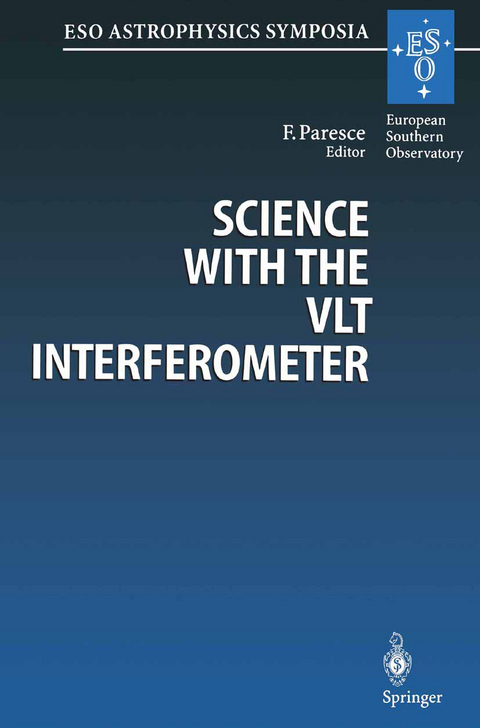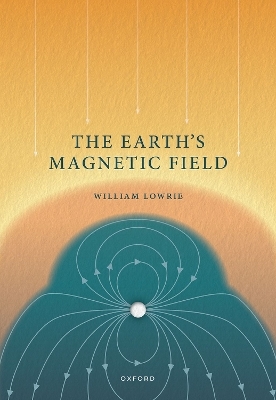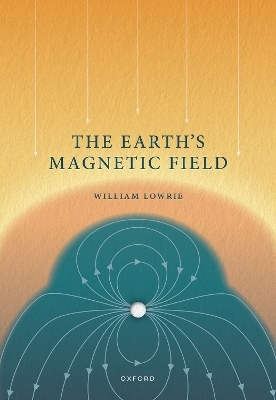
Science with the VLT Interferometer
Springer Berlin (Verlag)
978-3-662-22399-4 (ISBN)
1. Interferometry Tutorials (All You Wanted to Know About Interferometry But Were Afraid to Ask).- to Interferometry.- An Introduction to Interferometry with the ESO Very Large Telescope.- Interferometry in Practice.- Astrometry with O/IR Interferometers.- 2. Solar System, Extrasolar Planets, Low Mass Stars and Brown Dwarfs.- Solar-System Observations with the VLTI.- Giant Planet Formation and the Masses of Extrasolar Planets.- Theory of Very Low Mass Stars, Brown Dwarfs and Extra-Solar Giant Planets.- On the Detection of Exo-Zodiacal Light by Nulling Interferometry with the Magellan Telescopes.- Direct Observation of Extrasolar Planets with an Infrared Interferometer.- 3. Agn and Starburst Galaxies.- VLTI Observations of Radio-Loud Active Galaxies.- Observations of Extragalactic Sources Near Bright Stars.- AGN Models and Fringe Visibilities.- AGNs at VLTI Scales.- The AGN Dance: Astrometric Variability as the Result of Supernova Explosions in Nuclear Starbursts.- Adaptive Optics Observations of Starburst Galaxies.- Cosmology with the Very Large Telescope Interferometer: Using a Space-Based Astrometric Reference Frame.- 4. The Potential of VLTI and the Connection with Related Techniques.- Tailoring an Interferometer to Its Science and Vice Versa.- Some Aspects of the VLTI's Potential for Binary Star Research.- Combining Mid-Infrared Lunar Occultations and VLTI Measurements.- 5. Hot Stars.- Interferometric Observations of Be Stars.- Spectroscopic and Photometric Support for Interferometric Observations of Be Stars.- Imaging of Wolf-Rayet Stars with the VLTI.- 6. Circumstellar Environments and Mass Loss.- AGB and Post-AGB Stars: An Overview.- Winds of Red Giants and Supergiants: Basic Physical Processes, Structure and Appearance.- Study of Late-Type Stars with theInfrared Spatial Interferometer of the University of California at Berkeley.- Interferometric Studies of Late Phases of Stellar Evolution.- Interferometric Imaging of Late-Type Stars with the VLTI.- Geometry of Post-AGB Shells.- New Insights in Close Circumstellar Physics Using Interferometry.- 7. Star Formation and Early Stellar Evolution.- Circumstellar Disks in the Early Phases of Star Formation.- Outflows from Young Stars.- Disks Around Young Stars.- 8. Stellar Populations and Galactic Center.- Observing the Galactic Center with the VLTI.- The VLTI and the Galactic Center He I Cluster.- Globular Cluster Proper Motions.- 9. Stellar Diameters and Surface Structure.- Indirect Imaging of Stellar Surface Structure.- Stellar Surface Observations with the VLTI.- On the Scale of Photospheric Convection.- Observing Stellar Surfaces with a High-Precision Infrared Interferometer.- Studying the Coolest Giant Stars at Milliarcsecond Resolution.- The Temperature Scale of the M Dwarfs.- Observations of Cepheids with the VLTI.- Conference Summary.- The VLTI and the Universe: Conference Summary.- Poster Papers.- Simulations of VLTI/VISA Imaging Observations of Young Stellar Objects at 2.2?m.- Speckle Observations of Post-Hipparcos Late-Type Double Stars.- Wavefront Characterization for High Angular Resolution Techniques.- Interfero Coronography at O.C.A..- Simulation of Speckle Images for a Field Wider Than the Isoplanatism Angle.- Visibility Losses Due to Atmospherical Spectral Decorrelation in Michelson Interferometry.- High-Resolution Measurements of Close Binary Stars and the Probability Imaging Technique.- Late-Type Stars at High Angular Resolution: Observations and Modelling.- Interferometric Observations of Mira Stars.- Results of Studies on the Environmental FactorsAffecting the VLTI Performance.- Internal Optical Path Calibration System for VLTI.- Pupil Mask Interferometry of M8E-IR.- Observations of the Close Binary System ? Lyrae with the GI2T Interferometer.- Stellar Winds of T Tauri Stars.- Operating the VLTI in the Thermal Infrared.- Multi-speckle Interferometric Imaging with the VLTI and the LBT at Optical Wavelengths.- Infrared Interferometric Imaging with the VLTI in the Multi-speckle Mode with a Combination of the 8 m UTs and the 2 m ATs.- Thermal IR Imaging with MAX: Pushing the Limit of Single-Dish Ground-Based Observations.- Differential Interferometry and the Non-axisymmetric Envelope of ? Cas.- HST Imaging of GM Aurigae: A Circumstellar Disk Seen in Scattered Light.- Software Concept for Four-Dimensional Bispectral Analysis of Stellar Interferograms.- Real-Time Image Compression Method for Astronomical Interferograms.- Synthetic Images from Dynamic Model Atmospheres of C-Rich Long-Period Variables.- Brightness Profiles and Spatial Spectra of Dynamical Models for C-Rich Circumstellar Dust Shells Around Long-Period Variables.- Author Index.
| Erscheint lt. Verlag | 13.11.2013 |
|---|---|
| Reihe/Serie | ESO Astrophysics Symposia |
| Zusatzinfo | XXII, 409 p. 264 illus. |
| Verlagsort | Berlin |
| Sprache | englisch |
| Maße | 155 x 235 mm |
| Gewicht | 608 g |
| Themenwelt | Naturwissenschaften ► Geowissenschaften ► Geophysik |
| Naturwissenschaften ► Physik / Astronomie ► Astronomie / Astrophysik | |
| Schlagworte | active galactic nuclei • Astrometry • Astronomy • Brown Dwarfs • circumstellar environments • Cosmology • Extrasolar Planet • Extrasolar Planets • Galactic Center • Galaxy • hot stars • Interferometry • low mass stars • mass loss • Planet • Population • Solar System • Star • Starburst Galaxies • star formation • stellar evolution • stellar surface structure • telescope • Universe |
| ISBN-10 | 3-662-22399-6 / 3662223996 |
| ISBN-13 | 978-3-662-22399-4 / 9783662223994 |
| Zustand | Neuware |
| Haben Sie eine Frage zum Produkt? |
aus dem Bereich


